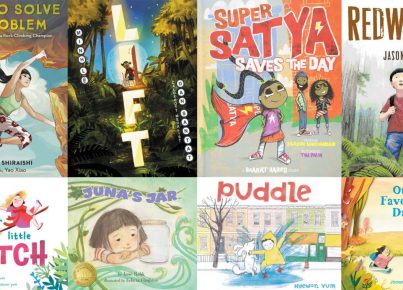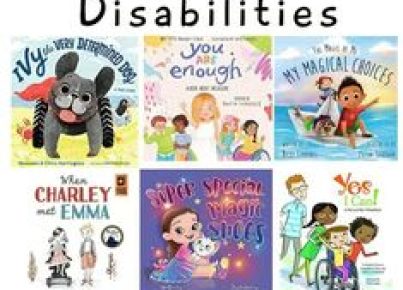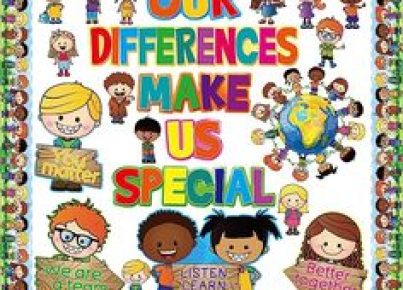Hair has always been a symbol of self-expression and individuality. From trends like vibrant colors to intricate braids, people have been using their hairstyles to make a statement about who they are for centuries. However, sometimes something as simple as wearing your hair in an unconventional style can elicit judgment, and even worse, discrimination.
As an educator, I have made it my mission to foster an environment that is as inclusive, respectful, and nurturing as possible. That’s why when one of my students faced criticism and ridicule because of her unique hairstyle, I knew I had to do something more than just offer words of encouragement. I made the decision to wear my hair like my student’s and not only did it spark a conversation within our school community, but it also went viral on social media.
Walking into class that day with my new hairstyle was both nerve-wracking and empowering. I chose to style my hair like my student’s—a combination of twists and braids—for several reasons. Firstly, it provided the opportunity to directly show support for her creativity. Secondly, it was a chance to start a dialogue about embracing our differences.
My simple act of solidarity resonated deeply with my students. After all, as educators, we should be the ones leading by example—demonstrating kindness, acceptance, and empathy. Our willingness to stand up for those who need an extra dose of encouragement sets the stage for how our students will behave both inside and outside of the classroom.
As photos of me wearing my student’s hairstyle started to circulate online, they gained attention in various corners of the world. This only fueled the conversation further. People from different backgrounds shared their own stories about hair discrimination or offered their support for pushing against societal norms when it comes to personal appearance.
In response to going viral online, I wrote about my experience and shared it on various social media platforms, and the outpouring of positivity was overwhelming. Messages flooded in from parents, teachers, and students who were moved by the story and wanted to chime in with their experiences or offer words of encouragement. This reinforced the notion that conversations surrounding inclusivity are not only important but necessary.
The takeaway from my experience is simple: showing empathy and standing up for those around us can have a powerful impact. If my small gesture of wearing my student’s hairstyle can spark such meaningful dialogue about embracing diversity, imagine what could be possible if more people made an effort to do something similar. Whether it be changing our hairstyles, wearing pride colors, or volunteering to support a marginalized group, we have the potential to make a difference in our schools and communities.
In conclusion, this unplanned experiment unexpectedly propelled me into the viral spotlight and taught me a valuable lesson: the power of empathy knows no bounds. As educators, let us continue to teach this important lesson to our students by embracing differences, standing up for those who face adversity, and championing compassion above all else.





